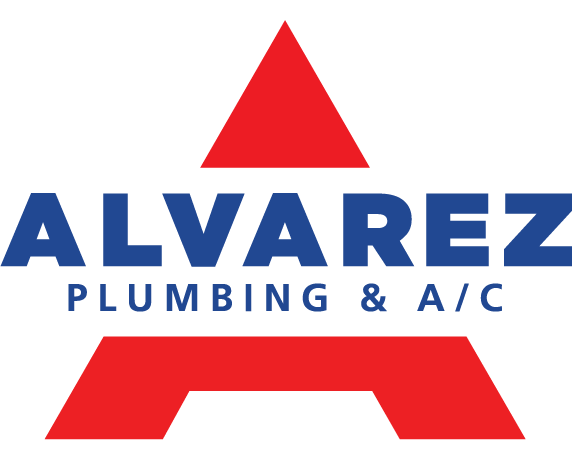Have you ever experienced the frustration of a toilet that just won’t stop running?
The constant sound of water running can not only be annoying but may also lead to water wastage and higher utility bills. If you find yourself dealing with a perpetually running toilet, don’t worry – you’re not alone. In this blog post, we’ll explore some common reasons why your toilet is running continuously and offer troubleshooting tips to help you identify and resolve the issue. At Alvarez Plumbing and Air Conditioning in Tampa, FL, we understand the importance of a well-functioning plumbing system, and we’re here to help you keep your toilet in top shape.
Common Causes of a Running Toilet:
- Faulty Flapper Valve: The flapper is a rubber component inside the toilet tank that seals the flush valve. If the flapper is damaged, warped, or not properly seated, water can continuously leak into the bowl, causing the toilet to run.
- Faulty Fill Valve: The fill valve is responsible for refilling the toilet tank after a flush. If the fill valve is not functioning correctly, it may not shut off when the tank is full, leading to a continuous flow of water.
- Water Level Adjustments: Incorrect water levels in the tank can also contribute to a running toilet. If the water level is too high, water may constantly overflow into the overflow tube.
- Mineral Buildup: Over time, minerals and sediment can accumulate in the toilet tank, affecting the proper functioning of both the flapper and fill valve. This buildup can prevent these components from sealing correctly.
- Chain Issues: The chain that connects the flush lever to the flapper can become tangled or too loose. This can interfere with the flapper’s ability to create a proper seal, leading to a running toilet.
Troubleshooting Tips:
- Inspect the Flapper: Check the condition of the flapper for any signs of damage or warping. Ensure that it is properly seated on the flush valve.
- Check the Fill Valve: Test the fill valve by flushing the toilet and observing its operation. If it doesn’t shut off when the tank is full, it may need adjustment or replacement.
- Adjust Water Level: Ensure that the water level in the tank is at the recommended level, typically marked inside the tank. Adjust the float to achieve the correct water level.
- Clean the Tank: Remove any mineral deposits or sediment from the tank by flushing it with clean water. This can help improve the performance of both the flapper and fill valve.
- Inspect the Chain: Make sure the chain connecting the flush lever to the flapper is properly adjusted. It should have some slack but not be so loose that it interferes with the flapper’s operation.
A running toilet is not only a nuisance but can also lead to unnecessary water waste and increased water bills. By understanding the common causes and following these troubleshooting tips, you can address the issue and restore your toilet to optimal functionality. If you encounter persistent problems or need professional assistance, don’t hesitate to reach out to Alvarez Plumbing and Air Conditioning in Tampa, FL. Our experienced team is dedicated to providing reliable plumbing solutions to keep your home running smoothly.




Recent Comments